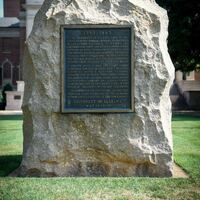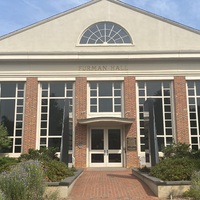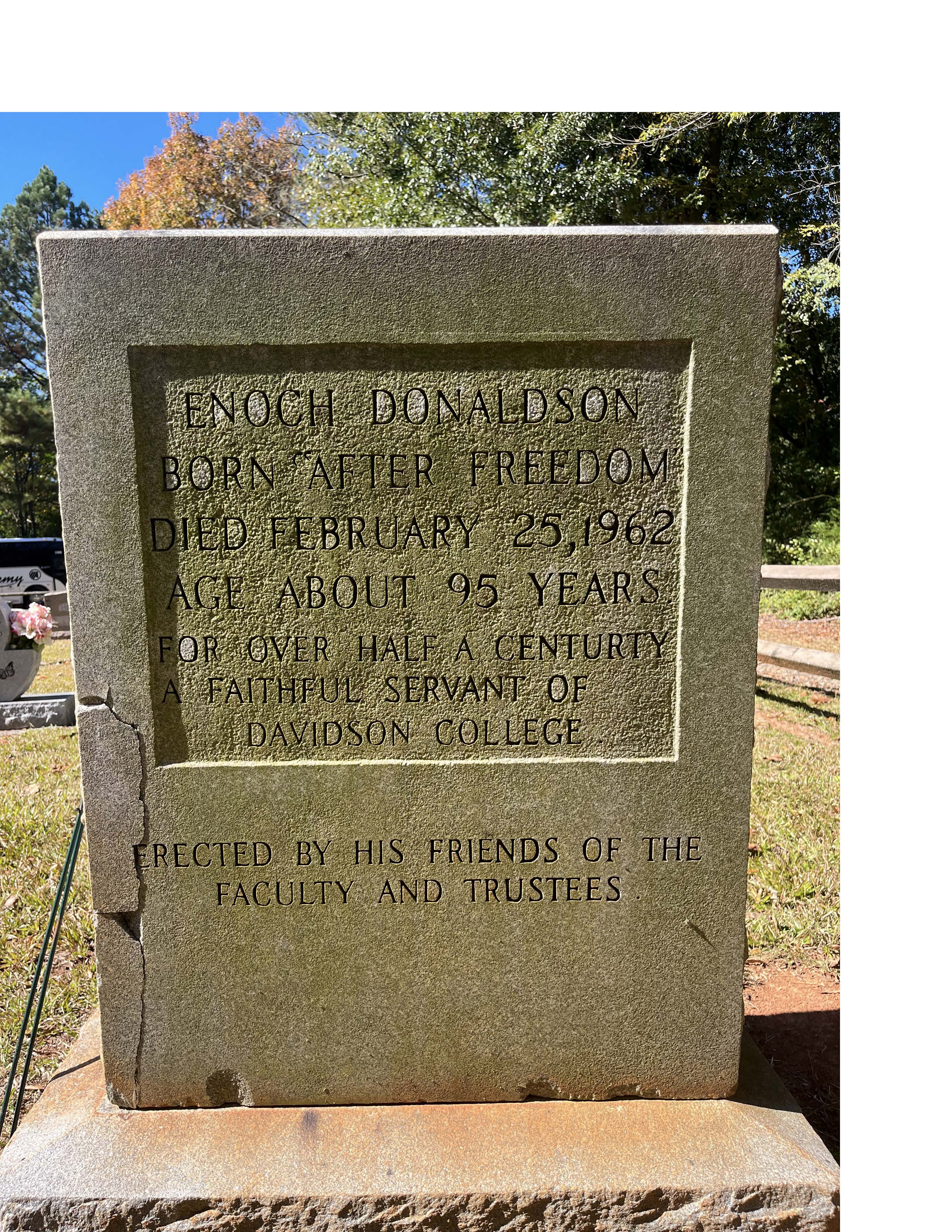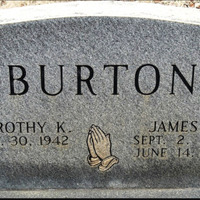2000-Present: Confederate Memorialization in the Era of Universities Studying Slavery and the Black Lives Matter Movement
Item
- Title
- Description
-
2000-Present: Confederate Memorialization in the Era of Universities Studying Slavery and the Black Lives Matter Movement
-
This timeline designation enables the temporal indexing of actions in the period when movements to remove or preserve Confederate memorials in public spaces gained traction, universities began examining their own complicity in slavery, and new groups, best indicated by the #BlackLivesMatter movement, gained public support and influence in the wake of highly publicized police and vigilante violence against Black Americans. These actions include protests and campaigns to preserve or remove memorials, monuments, or other objects and places to persons who were active in education, politics, or other arenas of public action and who contributed through their actions to the promotion of the Lost Cause and white supremacy.
This period corresponds to a number of important events and developments associated with the “new” Civil Rights Movement of the twenty-first century. In 2003, Dr. Ruth J. Simmons, president of Brown University and the first African American to lead an Ivy League university, announced the formation of a Steering Committee to investigate Brown’s relationship to the slave trade. Three years later, the committee reported Brown’s deep ties to slavery and slavery’s invaluable contributions to Brown’s affluence and status: “there is no question that many of the assets that underwrote the University’s creation and growth derived, directly and indirectly, from slavery.” The Brown study encouraged other major American universities – Emory, William and Mary, Virginia, and eventually many others – to undertake similar studies. These efforts were reinforced in 2013 by the publication of Dr. Craig Steven Wilder’s Ebony and Ivy, the first major work of scholarship to investigate and expose American higher education’s indebtedness to slavery. The next year and led by UVA, a consortium of these schools organized as Universities Studying Slavery. Today more than forty institutions in the United States, Canada, England, and Scotland are members.
More than a stirring of conscience on college campuses, the USS movement was fueled by the powerful political movements stirred by police and vigilante violence against Black Americans over the last two decades. The roots of these movements date back at least to the police beating of Rodney King in 1992, captured on video for all the world to see. The vigilante killing of Black teenager Trayvon Martin in 2012 as he walked through a residential Florida neighborhood and the exoneration of his killer, George Zimmerman, who claimed self-defense, set off an international movement around the slogan #BlackLivesMatter, which gained force and public acceptance (and generated a variety of counter movements) as more killings of Black adults and teens were caught on video and publicized. The culmination of these exposures of police violence was the murder of George Floyd in 2020 and subsequent conviction of the officer who murdered him, and the conviction in January 2022 of two white vigilantes who gunned down Ahmaud Arbery as he jogged through a small-town Georgia neighborhood in 2020. At the same time, extraordinary anti-Black violence, including a white supremacist’s massacre of nine Black people at Mother Emanuel African Methodist Episcopal Church in Charleston, S.C., in June 2015, brought new attention to the place of Confederate memorials in American public spaces. Soon thereafter, the South Carolina governor removed the Confederate battle flag from a pole at the state capitol, and other monuments and memorials followed, culminating recently in the removal of the Robert E. Lee memorial sculpture from Richmond’s Monument Avenue.
Position: 630 (16 views)
Related Items
 1848 Cadet Battery
1848 Cadet Battery  Archie, Mary Lewis (Edits needed)
Archie, Mary Lewis (Edits needed)  Boulder memorializing Confederate soldiers from The University of Alabama
Boulder memorializing Confederate soldiers from The University of Alabama  Brock Flemming, Lillian
Brock Flemming, Lillian  Bronze sculpture of Richard Theodore Greener
Bronze sculpture of Richard Theodore Greener  Bultman, Edith Lyamite
Bultman, Edith Lyamite  Burton, Dorothy K.
Burton, Dorothy K.  Carlisle Residence Hall; a residence hall named for James H. Carlisle
Carlisle Residence Hall; a residence hall named for James H. Carlisle  Carroll Hall; Student Health Center dedicated to Elizabeth Delia Dixon-Carroll
Carroll Hall; Student Health Center dedicated to Elizabeth Delia Dixon-Carroll  Conner, Cecelia V. Simolton
Conner, Cecelia V. Simolton  Cureton, Lavern C. (Needs edits)
Cureton, Lavern C. (Needs edits)  DuBose Lectures; lecture series dedicated to William Porcher DuBose.
DuBose Lectures; lecture series dedicated to William Porcher DuBose.  Flannery O'Connor Hall; a residence hall dedicated to author Flannery O'Connor
Flannery O'Connor Hall; a residence hall dedicated to author Flannery O'Connor  Furman Hall; academic building dedicated to James C. Furman
Furman Hall; academic building dedicated to James C. Furman  Gailor Memorial Dining Hall; a dining hall and dormitory dedicated to Thomas Frank Gailor
Gailor Memorial Dining Hall; a dining hall and dormitory dedicated to Thomas Frank Gailor  Gorgas Library; a library dedicated to Amelia Gayle Gorgas
Gorgas Library; a library dedicated to Amelia Gayle Gorgas  Harper Hall; A Residence Hall dedicated to William A. Harper
Harper Hall; A Residence Hall dedicated to William A. Harper  Headstone for Mary Lewis Archie
Headstone for Mary Lewis Archie  Headstone of Enoch Donaldson
Headstone of Enoch Donaldson  Headstone of Evelyn Carr
Headstone of Evelyn Carr  Headstone of Talmadge Otho Conner
Headstone of Talmadge Otho Conner  Headstone to Dorothy Burton
Headstone to Dorothy Burton  Hearth: Memorial to the Enslaved; memorial dedicated to those who were enslaved at William & Mary
Hearth: Memorial to the Enslaved; memorial dedicated to those who were enslaved at William & Mary  Historic sundial commemorating the former location of the Toombs Oak and its association with Robert Toombs
Historic sundial commemorating the former location of the Toombs Oak and its association with Robert Toombs  Historical marker memorializing the Jonesville community
Historical marker memorializing the Jonesville community